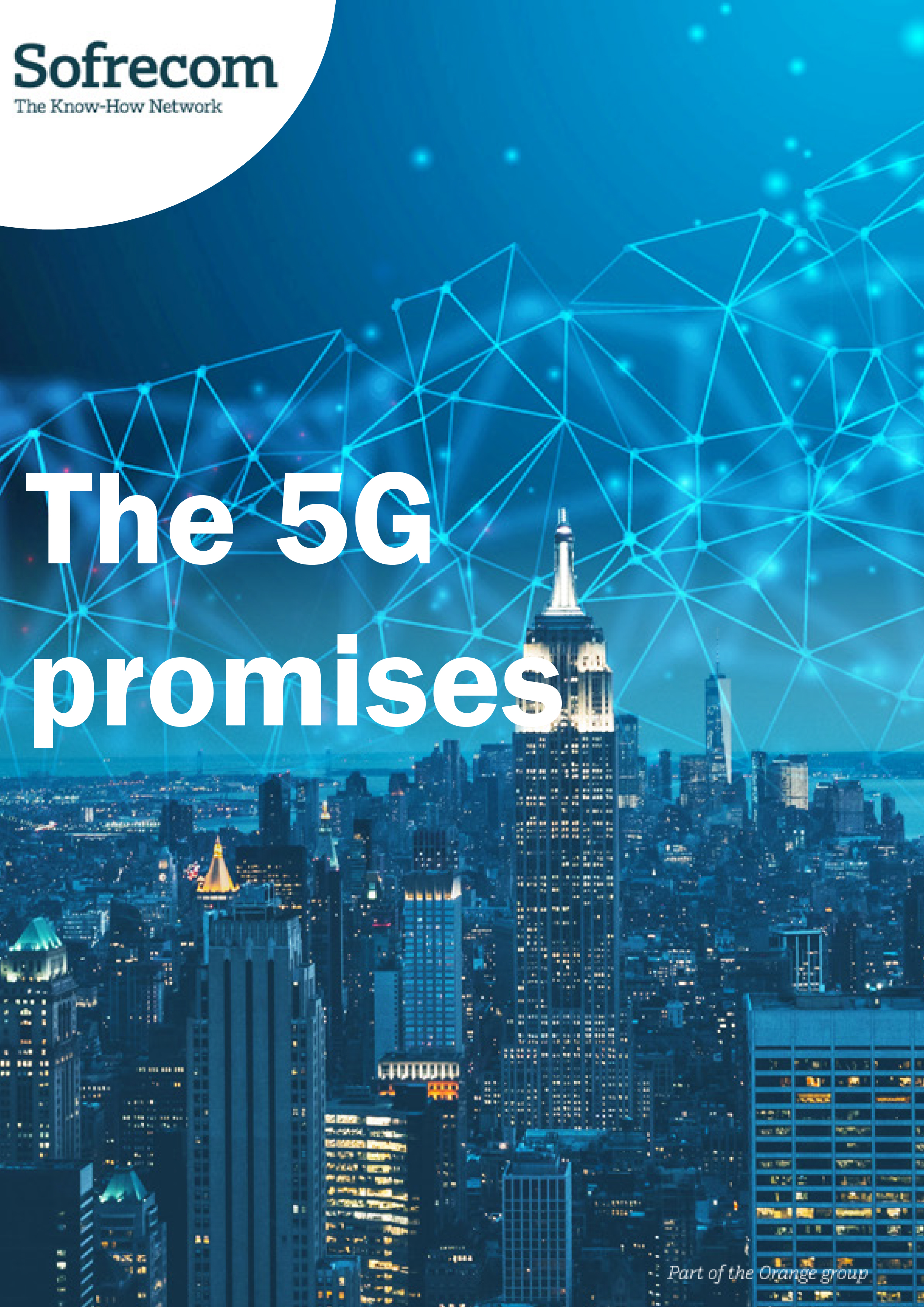
Individuals’ knowledge of 5G varies considerably around the world. In most cases, it is generally reduced to a “faster mobile network”.
Managing the general public’s expectations could be then a crucial challenge for the operators. Their task will be to convince their customers and prospects of 5G benefits and make them want to adopt it.
Here are a few insights on which telecommunication operators may rely to monetize 5G’s mobile broadband.
Good coverage first
On the eve of the launch of 5G, 4G service is not 100% reliable yet. Consequently, the consumers require above all a better network coverage.
Although 5G constitutes a huge technological leap, it will be very hard to deploy in the suburban and rural areas during the first years.
This being so, there will be little demand for 5G at first, especially from the consumers underserved by their current 4G networks, and from those who do not consider buying a new terminal to enjoy a faster technology.
Unlimited data offers
The consumers’ main motivation for buying unlimited packages is peace and freedom. Unlimited helps you indeed avoid unpleasant billing surprises at the end of the month. This peace of mind outweighs a high need for mobile data.
With the move to 5G, the operators will efficiently monetize mobile broadband by promoting the use of mobile data. The customers will have a much more positive perception of their operator’s network quality. The latter will benefit from this situation to improve their image.
Service-rich offers
Considering the diversity of users’ needs, the operators must innovate beyond the simple offer of mobile data volume. They may envisage segmentation per type of user and device and services used.
For example, we could differentiate the following users:
- The « Gamers », or the computer game addicts, even in mobility,
- The « heavy users »: the huge streaming video/music consumers, spending several hours/days on mobile applications, and interacting with several connected objects,
- The « Always connected »: always connected, even in mobility
Other services also aroused consumers’ interest. Beyond very innovative but rather complicated to implement (and probably to monetize) services such as the connected car or robots, one can find for example:
- Real-time translation ability,
- Watching events from different angles by using live camera streams,
- 3D hologram calls.
Be protected from potential technology setbacks
In spite of the various usages and services that 5G will offer tomorrow, the users start to express some reservations regarding this new technology.
These concerns mainly focus on:
- The excessive use of technology in daily life to the point of losing control. 5G detractors fear that it would aggravate the influence of screens on children.
- The impact on social life, where the experience normally collecting events will become more individual through the use of virtual reality.
- The continuous exposure to waves, or the multiplication of the number of antennas. These issues of the impact of mobile technologies on health are reactivated.
These fears should not be avoided nor minimized. In certain cases, the operators had better communicate proactively on their commitment to fighting those risks. That is what a lot of operators do by offering, for example, parental control solutions.
In order to convince consumers to adopt (and to pay for) both devices and 5G packages, operators will have to make sure first to meet their essential needs, that is to say, good coverage and no bill shock. Afterward, the latent needs will have to be identified, whether they relate to services and innovative usages or to reassurance elements. The operators will then be able to segment their different potential buyers acutely.
L’article What do consumers really expect from 5G? est apparu en premier sur Sofrecom.





